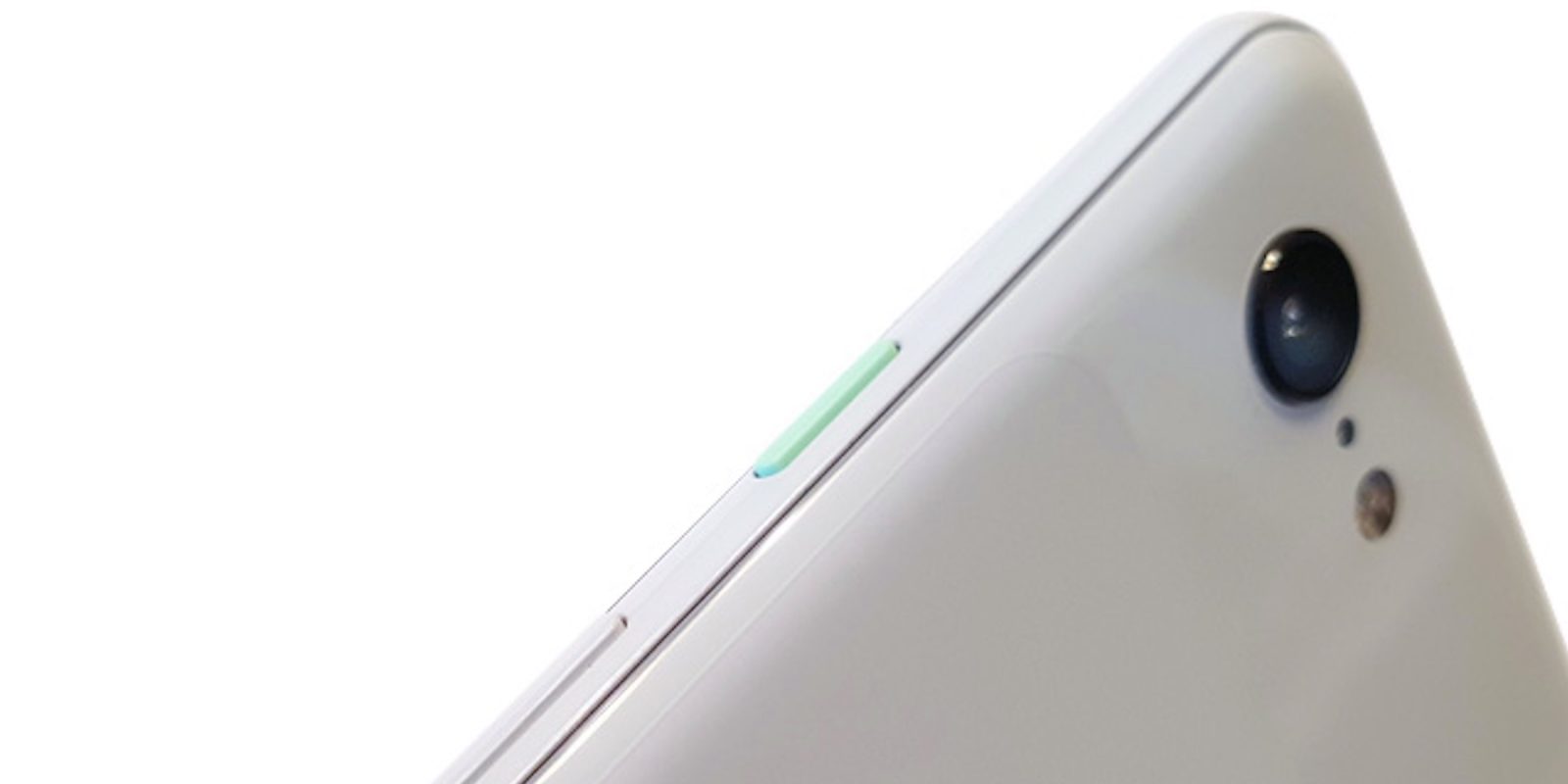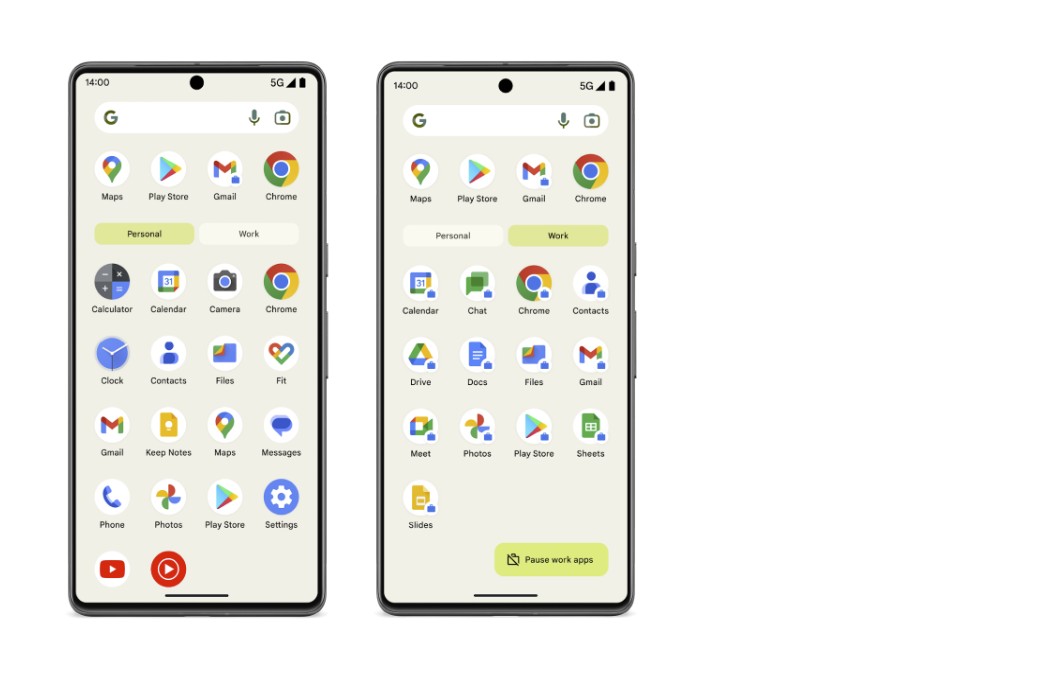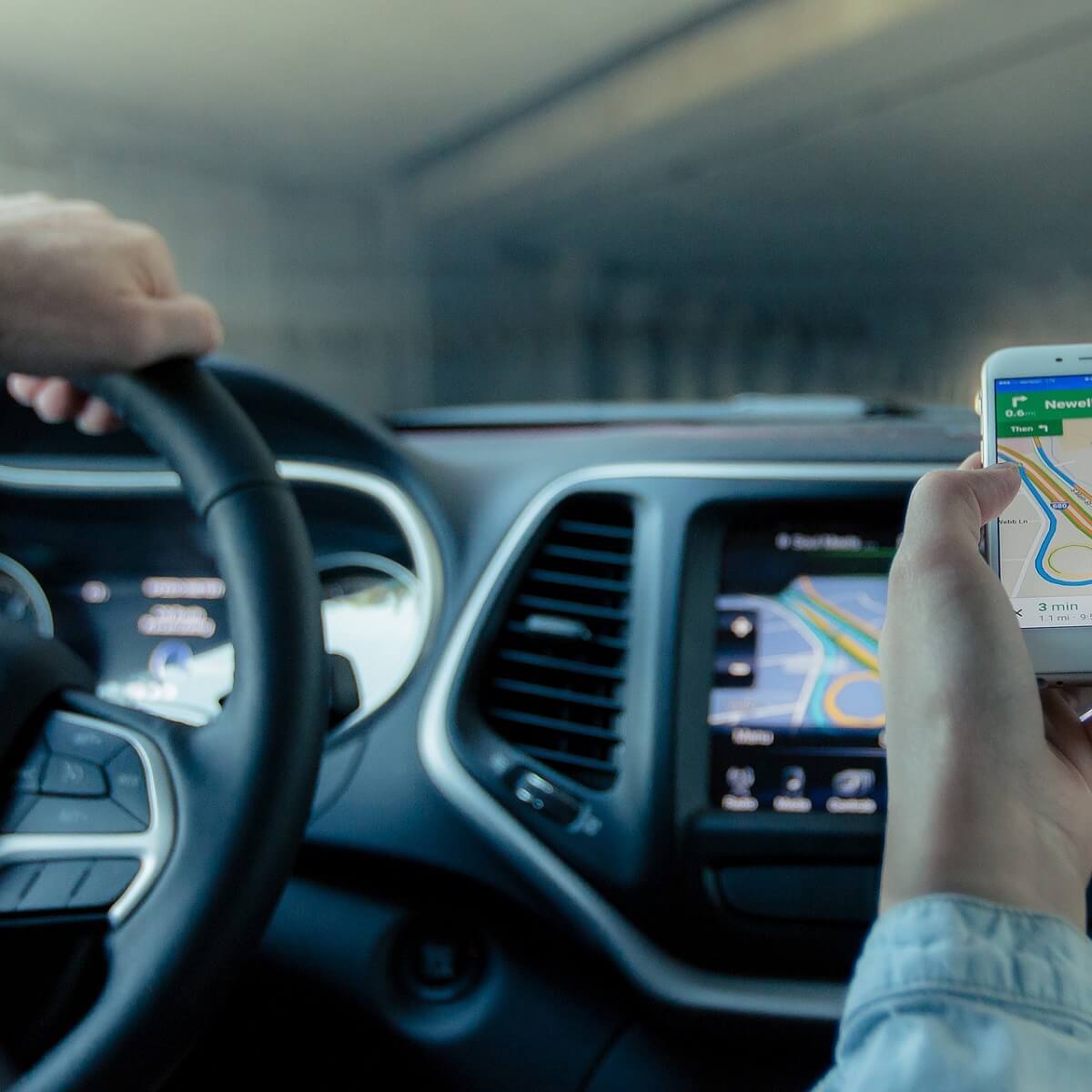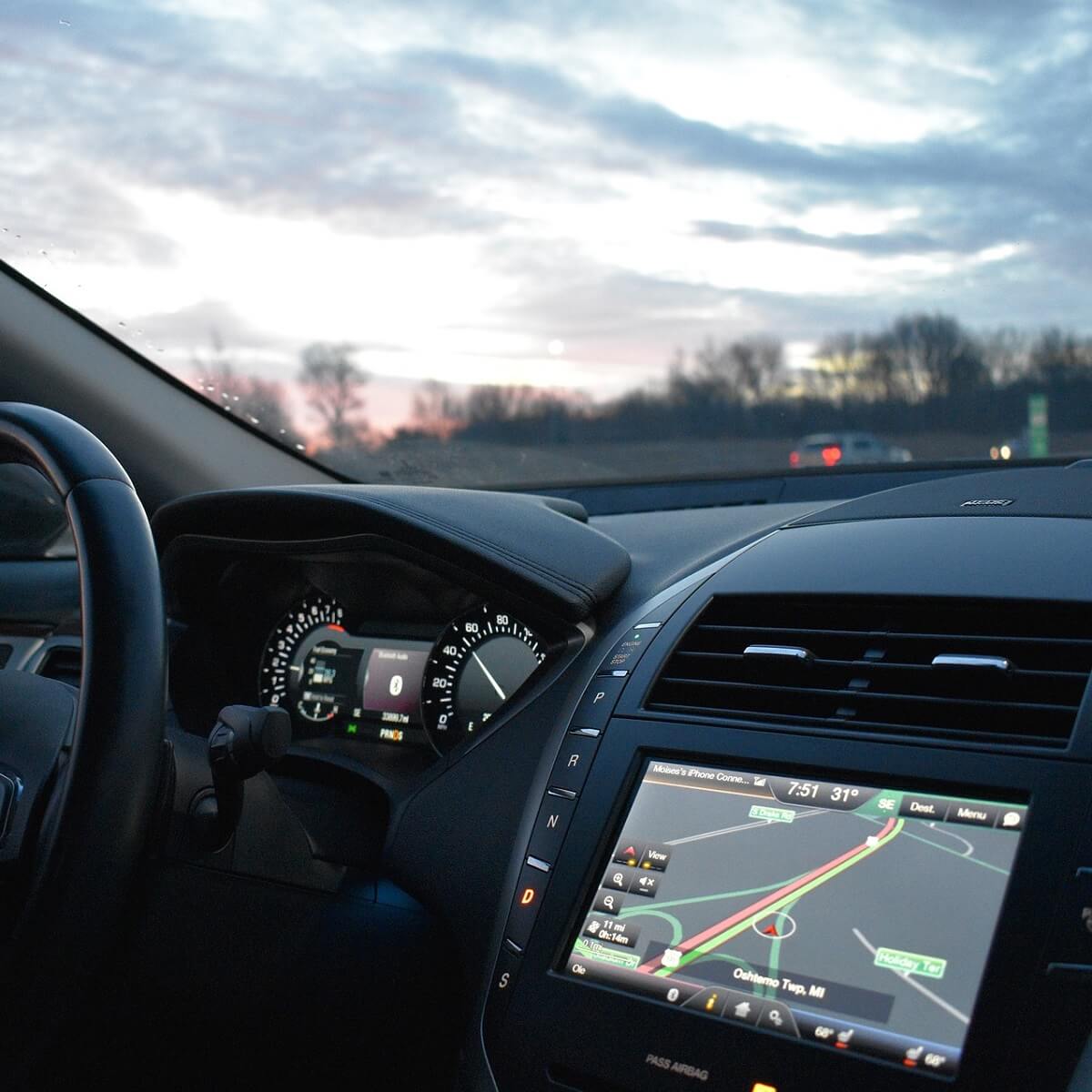Capture JPEGs and RAW File Formats with your Pixel 3 XL
2 min. read
Updated on

Pixel 3 XL is a slick and attractive device, ready to offer you that highly polished experience that you dream of for quite a while. Its processor is a joy, and that beautiful screen too, but the notch might easily scare off some potential buyers. I don’t think that’s the case. To tell you the truth, I didn’t generally notice its presence except when it blocked status bar icons and the handset is equipped with a cracking 2.2MP rear camera with OIS that compensates this small inconvenience.
New for the Pixel 3 XL is Google’s Super Res Zoom, which is an enhanced digital zoom that works very surprisingly good and the portrait mode is also great, despite the lack of another camera on the back. On the front there’s a dual selfie camera system, a standard one, as well as a ultra wide-angle camera, which basically means that you can squeeze more people into a single shot.
And if you’re a professional photographer, you may want to further control editing those images. There’s even a way of making sure the Pixel 3 XL captures JPEGs and RAW file formats. Android devices have been able to shoot raw images since 2014, when Google added support for Adobe’s Digital Negative file format to record the unprocessed data.
I know that limits in smartphone image sensors made this job far from being an easier one, yet here we are, at a point where everything seems to be possible.
Capture JPEGs and RAW File Formats with your Pixel 3 XL:
- At first, you have to open the Camera app;
- You must now select More from the various modes along the bottom;
- After that, select Settings > Advanced;
- Now, you can enable raw capture. Keep in mind though: this uses up more device storage.
Remember that Google’s Pixel 3 XL has one of the best cameras a phone can offer these days. The camera’s success comes from both the hardware and its software tweaks, so stay tuned for more similar camera tips. We are currently working on that!










User forum
0 messages